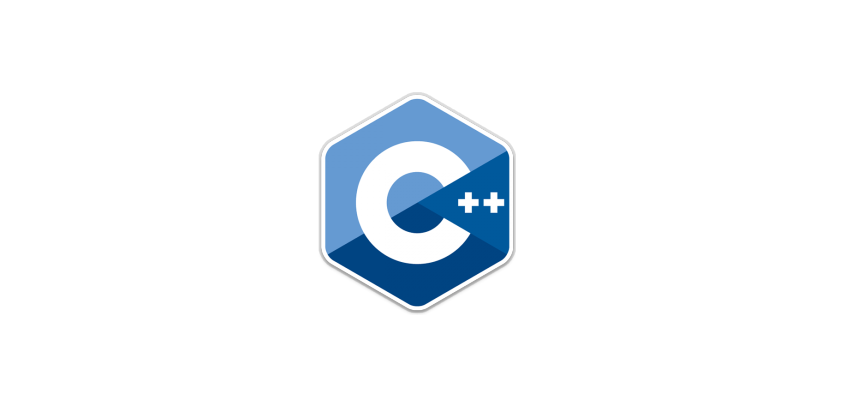运算符重载的目的是对已有的运算符重新定义,赋予其另一种功能,以适应不同的数据类型。
一、加号运算符重载
作用:实现两个自定义数据类型的加法运算
1.1 通过成员函数重载+号
1
2
3
4
5
6
7
8
9
10
11
| 例:
class Person{
Person operator+(Person &p){
Person temp;
temp.m_A = this->m_A + p.m_A;
temp.m_B = this->m_B + p.m_B;
return temp;
}
int m_A;
int m_B;
};
|
调用方法:
- 本质调用:
Person p3 = p1.operator+(p2);
- 简化调用:
Person p3 = p1 + p2;
1.2 通过全局函数重载+号
1
2
3
4
5
6
7
8
9
10
11
12
| Person operator+(Person &p1, Person &p2){
Person temp;
temp.m_A = p1.m_A + p2.m_A;
temp.m_B = p1.m_B + p2.m_B;
return temp;
}
Person operator+(Person &p1, int num){
Person temp;
temp.m_A = p1.m_A + num;
temp.m_B = p1.m_B + num;
return temp;
}
|
调用方法:
- 本质调用:
Person p3 = operator+(p1, p2);
- 简化调用:
Person p3 = p1 + p2;
运算符重载也可以发生函数重载:
1
2
| Person p3 = p1 + p2;
Person p4 = p1 + 100;
|
1.3 注意事项:
- 对于内置的数据类型的表达式的运算符是不可能改变的
- 不要滥用运算符重载
二、左移运算符重载
通过全局函数重载<<左移运算符
1
2
3
4
5
| ostream& operator<<(ostream &cout,Person &p){
cout << "p.m_A = " << p.m_A << endl;
cout << "p.m_B = " << p.m_B << endl;
return cout;
}
|
- 选中cout,右键转到声明,可以看到cout属于ostream这个类
- 返回cout是为了实现链式编程,使得可以无限追加<<
- 不通过成员函数重载是因为,成员函数重载只能实现p.operator<<(cout),即p<<cout,与预期不符。
调用方法:
cout << p << endl;
三、递增运算符重载
1
2
3
4
5
6
7
8
9
10
11
12
13
14
15
16
17
18
19
20
| class MyInteger{
public:
MyInteger(){
m_Num = 0;
}
MyInteger& operator++(){
++m_Num;
return *this;
}
MyInteger operator++(int){
MyInteger temp = *this;
m_Num++;
return temp;
}
private:
int m_Num;
};
|
前置++:
- 返回值是引用,是因为需要实现++(++a),保证自增的都是同一个数据
后置++:
- 因为后置++要先返回当前值,再递增。因此先把当前值记录下来,递增之后,再返回记录值。
- 返回值以值传递形式,是因为返回的是局部对象temp,局部对象不能通过引用返回。
四、赋值运算符重载
c++编译器至少给一个类添加四个函数
- 默认构造函数(无参,函数体为空)
- 默认析构函数(无参,函数体为空)
- 默认拷贝构造函数,对属性进行值拷贝
- 赋值运算符 operator=对属性进行值拷贝
如果类中有属性指向堆区,做赋值操作时也会出现深浅拷贝问题。
解决方法:利用深拷贝,解决浅拷贝带来的问题
1
2
3
4
5
6
7
8
9
10
11
12
13
14
15
16
17
18
19
20
21
22
23
24
25
26
27
28
29
30
31
32
33
34
35
36
37
38
39
40
41
42
43
44
45
46
47
48
49
| #include<iostream>
using namespace std;
class Person{
public:
Person(int age){
m_Age = new int(age);
}
~Person(){
if(m_Age != NULL){
delete m_Age;
m_Age = NULL;
}
}
Person& operator=(Person &p){
if(m_Age != NULL){
delete m_Age;
m_Age = NULL;
}
m_Age = new int(*p.m_Age);
return *this;
}
int *m_Age;
};
void test01(){
Person p1(18);
Person p2(20);
Person p3(24);
p3 = p2 = p1;
cout << "p1.m_Age = " << *p1.m_Age << endl;
cout << "p2.m_Age = " << *p2.m_Age << endl;
cout << "p3.m_Age = " << *p3.m_Age << endl;
}
int main(){
test01();
system("pause");
return 0;
}
|
注意事项:
- 重载=的逻辑是,如p2=p1,先释放p2内的属性(因为浅拷贝p2和p1内的m_Age指向同一块内存),然后再重新开辟内存空间进行深拷贝。
- 返回值是Person&,是为了连续赋值操作
五、关系运算符重载
**作用:**重载关系运算符时,可以让两个自定义类型对象进行对比操作。(如==、!=)
1
2
3
4
5
6
7
8
9
|
bool operator==(Person &p){
if(this->m_Name == p.m_Name && this->m_Age == p.m_Age){
return true;
}
else{
return false;
}
}
|
六、函数调用运算符重载
- 函数调用运算符是()
- 由于重载后使用方式非常像函数的调用,因此称为仿函数
- 仿函数没有固定写法,非常灵活
1
2
3
4
5
6
7
8
9
10
11
|
class MyPrint{
public:
void operator()(string test){
cout << test << endl;
}
};
---------
MyPrint myprint;
myprint("hello world");
|
重载()很像函数调用,比如上面的功能也可以用函数实现
1
2
3
4
5
| void myPrint(string test){
cout << test << endl;
}
---------
myPrint("hello world")
|
参考:黑马程序员匠心之作|C++教程从0到1入门编程,学习编程不再难
链接:https://www.bilibili.com/video/BV1et411b73Z


